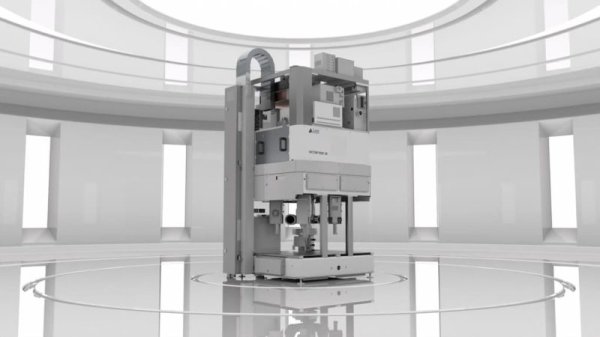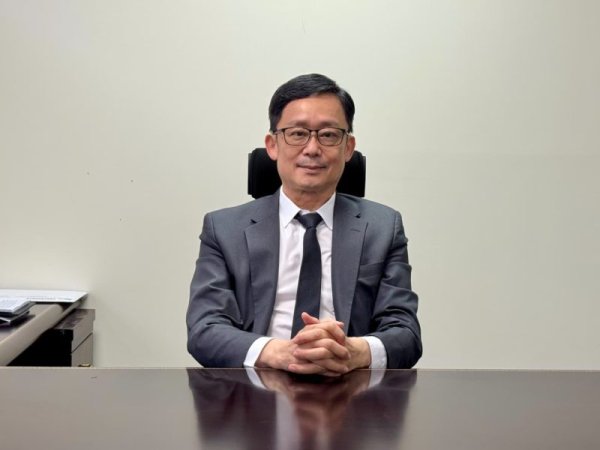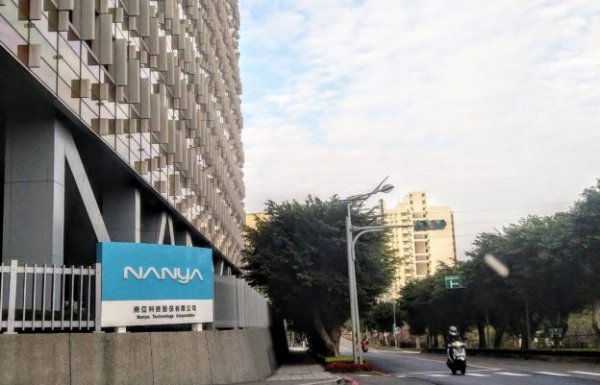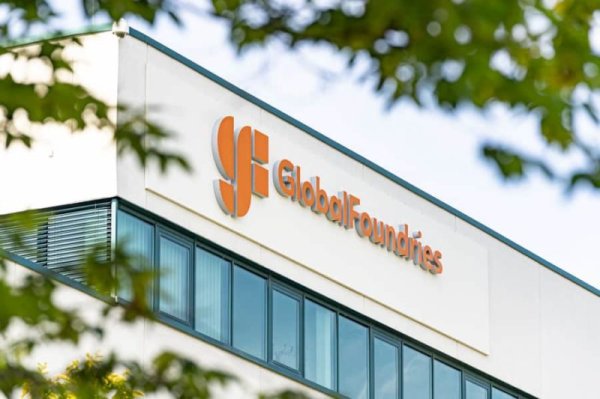Winbond s performance is rising quarter by quarter, and it hopes to become the seventh semiconductor company with revenue of 100 billion in 2026
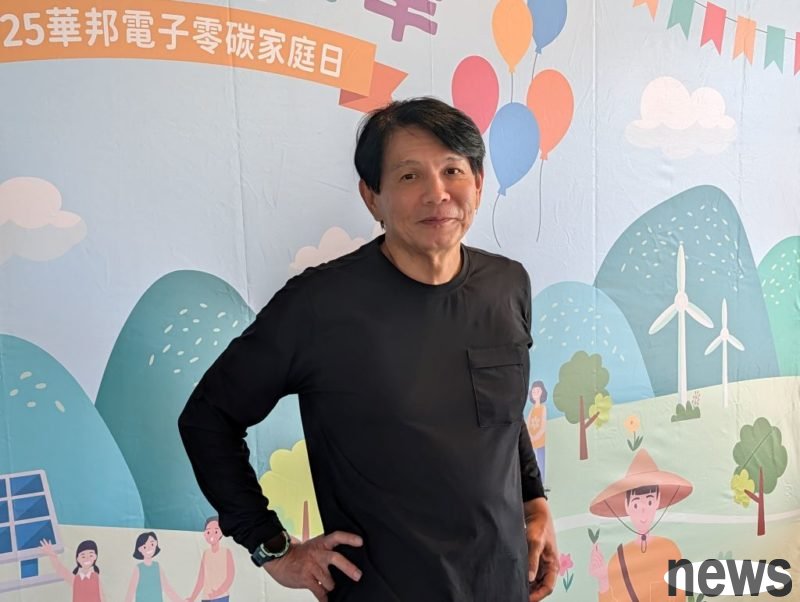
As the global memory industry faces the transition of technology generations, the DDR4 market is experiencing unprecedented structural changes, leading to the emergence of a supply gap. Memory manufacturer Winbond said that since July 2025, the market "temperature" has increased significantly, and many customers are eager to negotiate longer-term orders, showing high expectations for specific products, especially DDR4.
DDR4 supply and demand structure has changed dramatically: advanced processes and standard restrictions are the main reasons
Winbond General Manager Chen Peiming said that the rising demand for DRAM market is not just due to the business cycle, but also stems from structural changes. The core reason is that the three major international DRAM manufacturers are actively shifting to advanced processes, such as 12nm and below nodes. However, fine process nodes such as 12nm, 11nm, and even 13nm and 14nm require the configuration of so-called error correction circuits (ECC Circuits) to compensate for design flaws.
Chen Peiming emphasized that according to JEDEC’s DDR4 standard (Jteck standard), DDR4 products are not allowed to contain ECC circuits. This means that once the three major manufacturers switch to processes below 13 nanometers, they will not be able to go back to producing DDR4 products. This has caused the DDR4 supply production line to shrink significantly, leaving only a few manufacturers on the market. At present, it seems that only two companies, including Winbond and Nanya, continue to supply.
Therefore, although end applications such as PCs are moving towards DDR5, in many fields (such as SOC related), traditional applications still tend to use the more cost-effective DDR4 due to the more complex structure and higher cost of DDR5 memory controllers, and the need to use TSMC's 12nm, 10nm or 7nm processes. Therefore, the supply of DDR4 is currently "insufficient" and the shortage will be difficult to solve in the short term. In addition, there is an "inversion" phenomenon between DDR4 prices and DDR5 prices in the market. Part of the reason may be that mainstream suppliers deliberately lower DDR5 prices to accelerate the market shift.
Double arrow advancement of production capacity and technology: planning for production expansion and process transition to 16nmFaced with the strong demand for DDR4, Chen Peiming said that Winbond is adopting multiple strategies to respond:
1. The company has completed the CPR (Conditional Protection Release) of the 16nm process and is migrating from the 20nm process to 16nm. While maintaining the existing number of wafers (currently 15K wafers at the Kaohsiung plant, and about 27K wafers at full capacity), switching to the 16nm process can increase the particle output of a single wafer by about 30%.
2. Although process shrinkage has increased output, production capacity is still insufficient. The company is planning to increase the number of wafers. A board meeting will be held at the end of this month to discuss new investment plans. The delivery time of new machines is approximately nine months to one year, and it is expected that the benefits of capacity expansion may be realized as soon as after the third quarter of 2026.
The first batch of 8G products using 3.16nm are currently being sent out for sampling, and small-scale production is expected to begin at the end of the first quarter or the beginning of the second quarter of 2026. Due to the long production cycle of DRAM (it takes more than 120 days from wafer production to output), this means that the market gap will continue in the first quarter of next year.
The NOR Flash market is strengthening simultaneously: increasing density drives demandIn addition to DRAM, Winbond’s other major business, NOR Flash, also performed well. The company is the leader in the global NOR Flash market, with applications covering automotive, PC and network communications. Chen Peiming pointed out that the price of NOR Flash has increased slightly in the third quarter, and it is expected that there will still be opportunities to continue to increase in the future. The main reason for strong demand is increased density. For example, a single device used to use 256Mbit, but now it may be converted to 512Mbit. Due to the larger wafer area required for high-density products, the number of particles that can be produced from the same wafer is reduced, which in turn increases the overall demand for wafer production capacity.
From the perspective of the external environment, geopolitical factors also bring opportunities to Taiwanese factories. Chen Peiming pointed out that due to the factors behind the scenes, some Chinese customers are asking to replace Micron products and turn to other suppliers. This demand for “de-micronization” provides Taiwanese manufacturers with direct business opportunities. In terms of competition, although Mainland China's Changxin Memory (CXMT) is regarded as the fourth largest DRAM manufacturer in the world, and its production capacity is said to be close to the third largest factory (Micron), its revenue is only 5% of Micron. Importantly, CXMT has also publicly stated that it will turn to HBM and DDR5, indicating that it will also abandon the DDR3 and DDR4 markets. This further solidifies the company's position in the mature process niche DRAM market.
Cube expects significant progress in the second half of 2026In terms of cutting-edge technology, the company is actively deploying edge computing AI (Edge AI), especially its Cube architecture technology. This architecture is different from HBM in that it does not require a complex Base Controller, and the controller can be directly integrated into the SOC. The company expects Edge AI technology to make significant progress in the second half of 2026 and become its main business in 2027.
Chen Peiming further pointed out that based on the strong performance of the DRAM and NOR Flash markets, the company is optimistic about the overall performance in the fourth quarter of 2025 and 2026. Performance is expected to continue growing and profitability will improve. Chen Peiming expressed with confidence that he hopes to have the opportunity to push the turnover to NT$100 billion in 2026 and join the "100 billion club". This will make the company the seventh company in Taiwan's semiconductor industry to achieve this milestone,


